- All posts
- Energy Efficiency
- Facility Management
- Handicap Accessible
- Heated Mats
- industrial
- Insurance
- Landscaping
- Liability
- Press Release
- Property Maintenance
- Shoveling
- Slip and Fall
- snow and ice management
- Snow and Ice Removal
- Snow Melting
- Snow melting mats
- Snow Removal
- Snow Removal Contractor
- winter prep
- Winter Safety
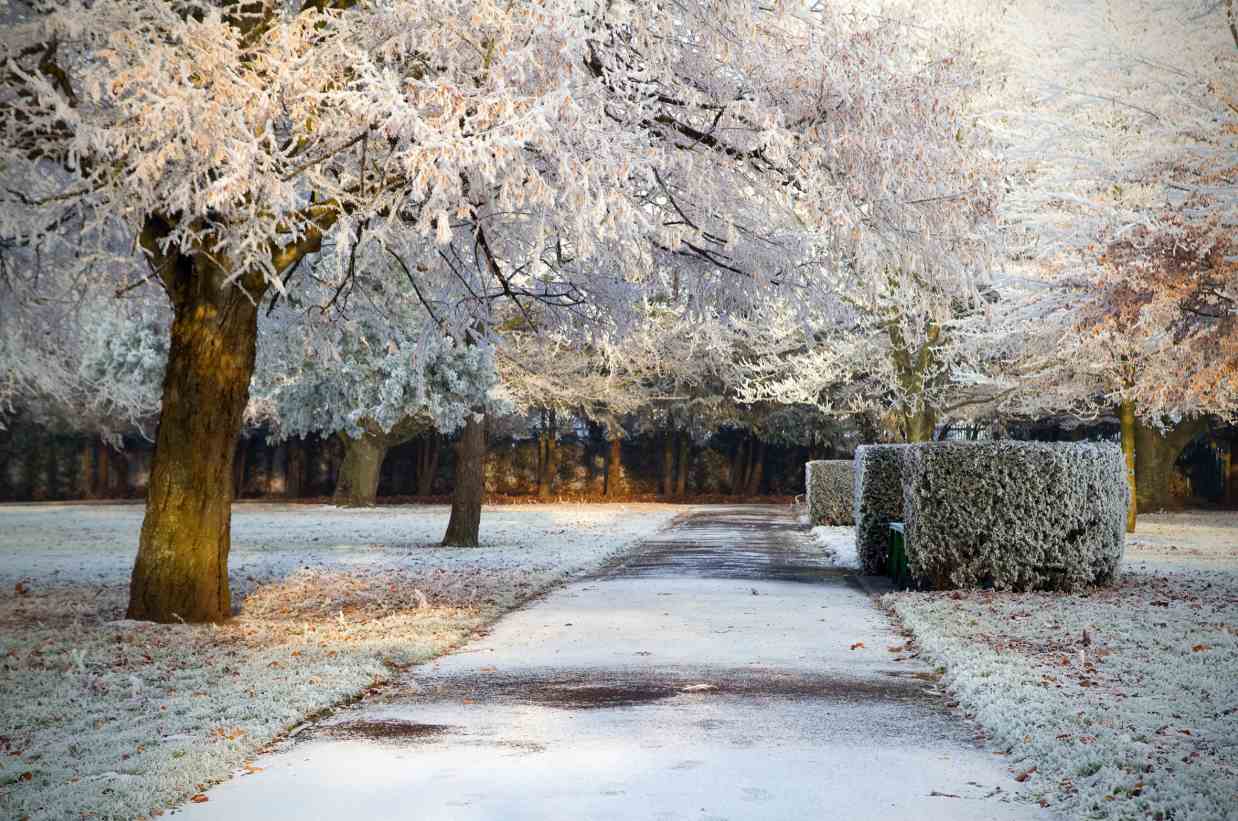
Preparing Your Facility’s Turf/Grounds for Cold Weather Conditions
Wintertime challenges are so significant for facilities and commercial properties, that managers of such properties often must begin to prepare their turf and grounds for winter while autumn is sti...
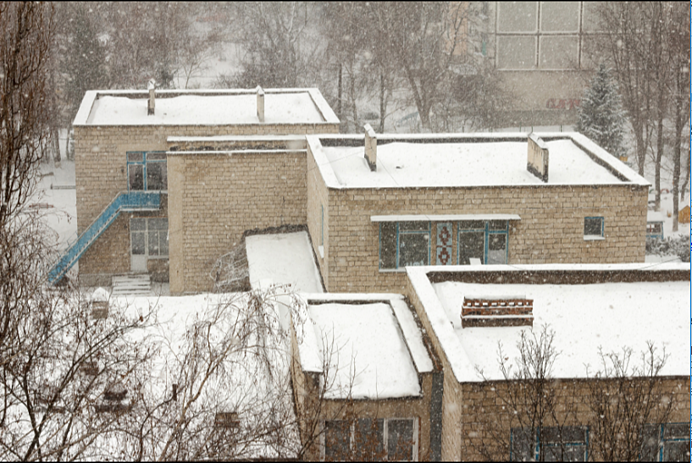
How to Prepare Your Facility’s Roofs for Winter's Worst
One of the biggest tasks that facility managers face is winterizing the roofs under their care for the inevitable impacts of snow, slush, and ice. While winter is the season where these roofs are t...
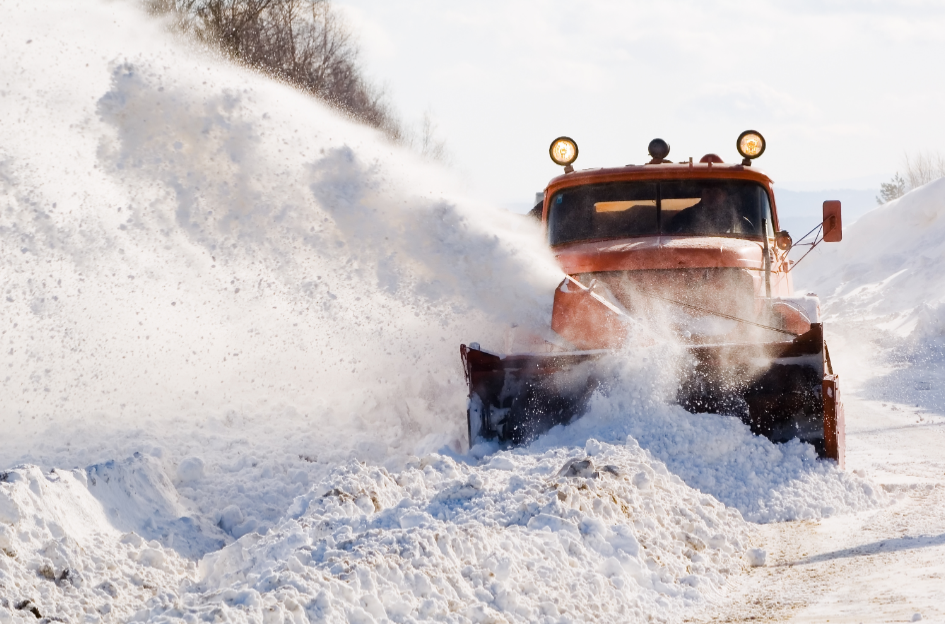
The Unique Challenges of Industrial and Commercial Snow Removal
Winter weather has its effects on every type of property, but there are unique challenges that are faced only by managers of commercial and industrial facilities. These differences between residen...

Pros and Cons of Outsourcing Commercial Snow Removal
One of the major decisions that facility managers must make every winter is whether to do all commercial snow removal tasks in-house or to outsource the job to a third-party provider. Given the cru...
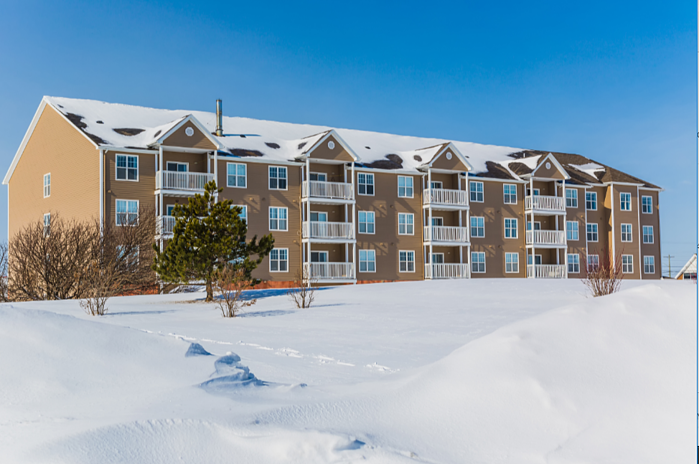
What Every Property Management Company Needs to Know for Winter
Property management companies must always be looking for ways to keep their premises safe for residents, both to prevent accidents and the lawsuits that so often follow them. They also must find th...
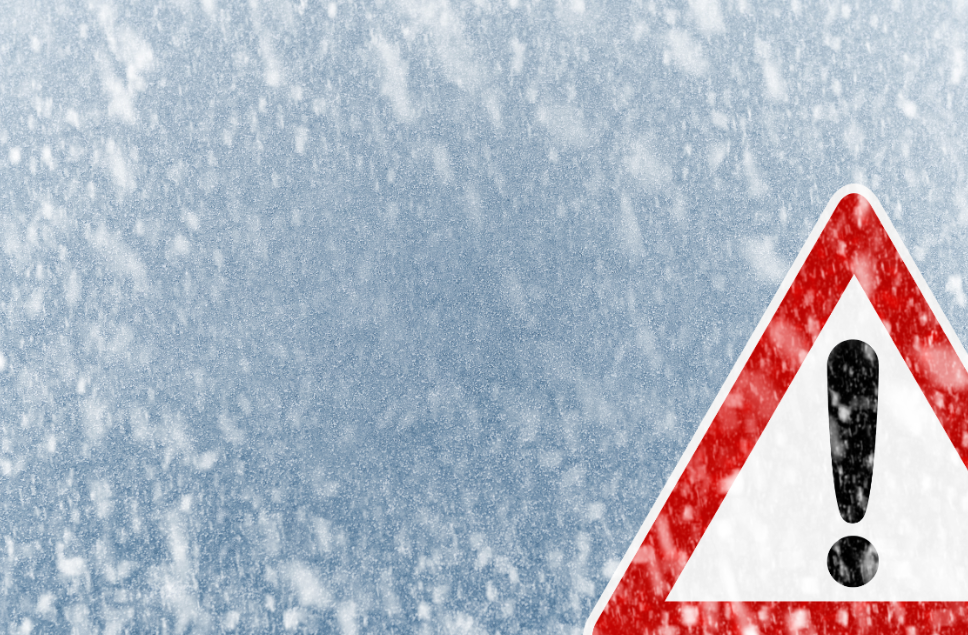
The Other Winter Concerns: What to Prepare for Besides Snow and Ice
Dealing with snow and ice removal may be the number one challenge that facility managers face every season, but there are other dangers and concerns that winter brings. Low temperatures, cold rain...
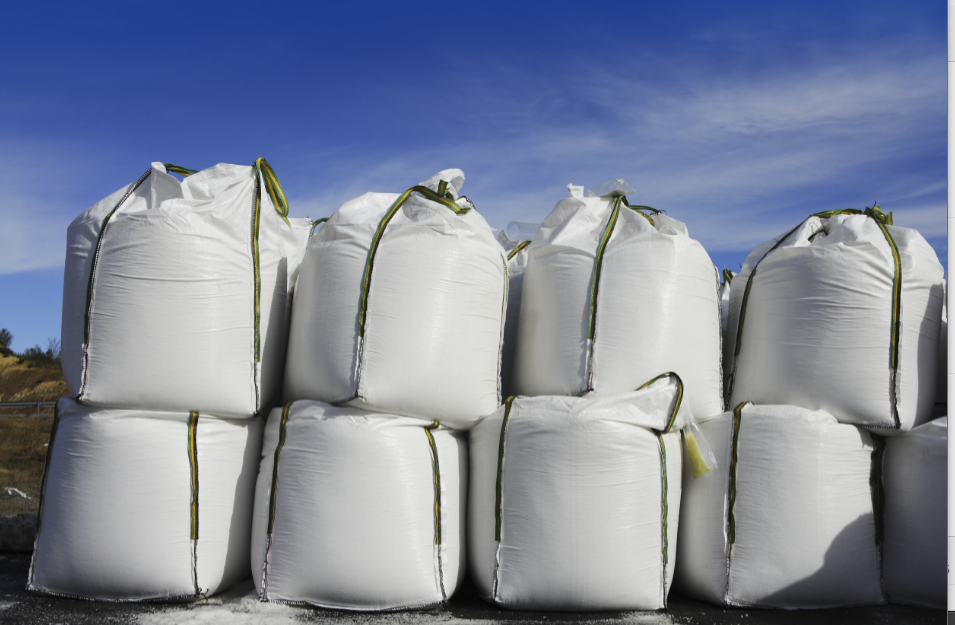
4 Ways to Prepare Your Commercial Snow Removal for A Salt Shortage
When facilities under-prepared for a wintertime rock salt shortage are suddenly faced with an unusually snowy and long-lasting winter, the results can be disastrous. Building access, ADA complianc...

ASCA Industry Standards for Snow and Ice Management
One major tool that facility managers can avail themselves of is the Accredited Snow Contractors Association (ASCA) and their "legal defense mechanism" known as the System Requirements for Snow and...

Power Problems: Electricity Concerns That Facilities Face in Winter
Facility managers may experience electrical problems at anytime throughout the year, but winter brings with it an increase in both the number and severity of power problems. During cold weather, ...
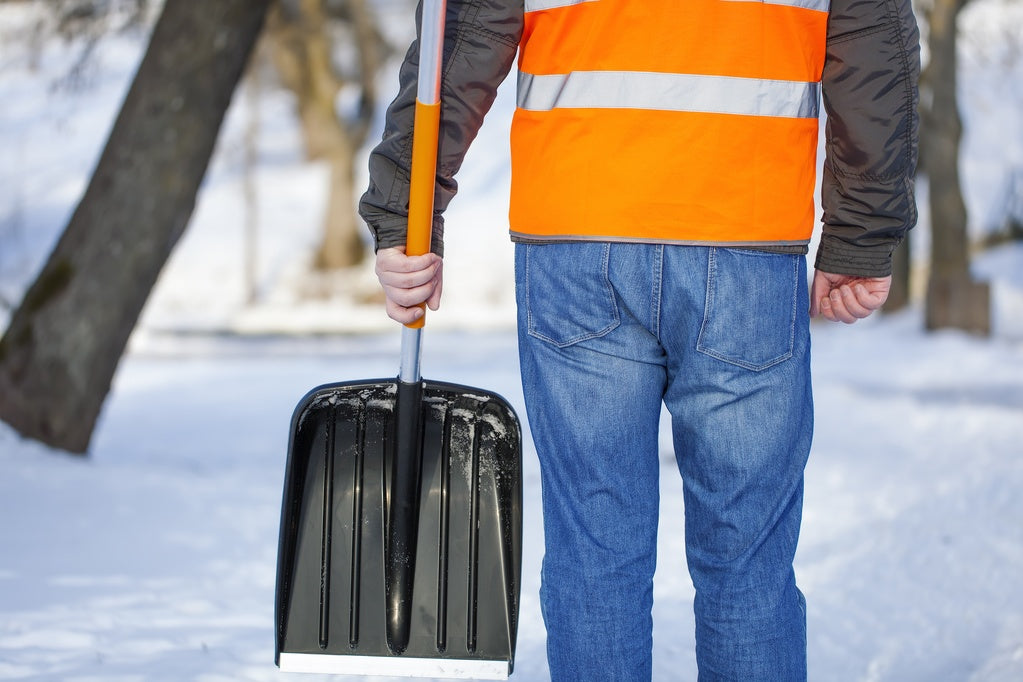
How to Choose a Commercial Snow Removal Contractor
Winter is officially upon us, many parts of the country have already been blanketed in snow, and your facility’s commercial snow removal plan has likely gone into effect already--or else is primed ...
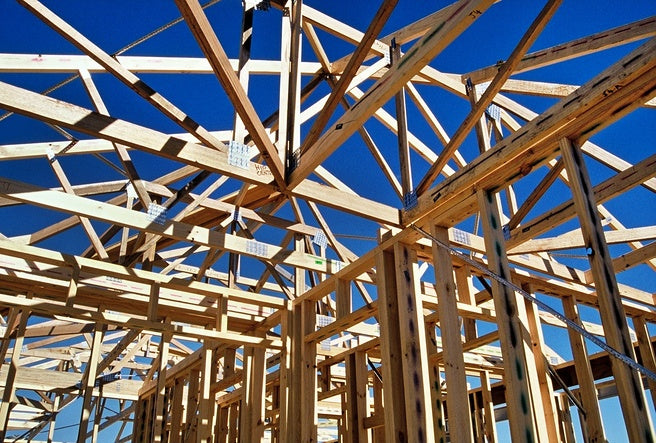
The Importance of Building Resilience To Your Facility This Winter
During the winter, day-to-day wear and tear and expected seasonal challenges like heavy snowfall on the facility roof or the effects of salt and the freeze/thaw cycle on pavements, certainly do mos...

Prevent the Effects of Snow and Ice on your Facility’s Turf and Trees
Your facility's turf, trees, and greenery serve to make it attractive and to prevent excessive mud and erosion, but "winterkill" is notorious for turning beautiful landscaping into a veritable "dea...
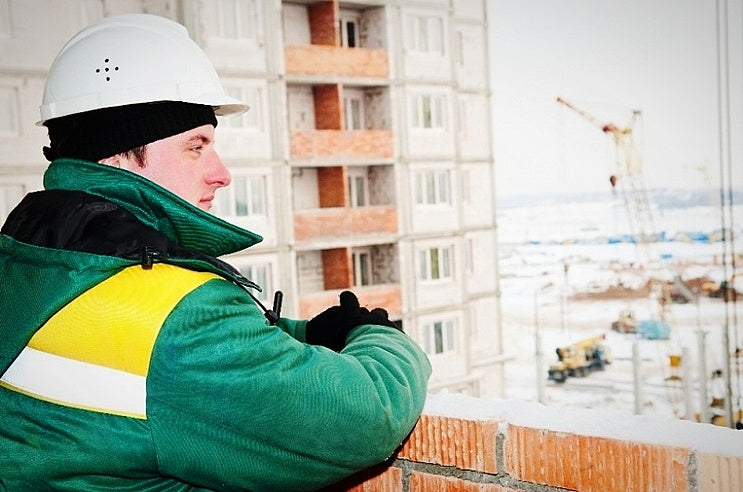
Building a Snow-Site Engineering Plan For Your Facility
Snow removal at your facility requires detailed planning to be optimally effective. A "snow-site engineering plan" refers to a plan that maps out in advance where to plow and pile snow, what areas ...

Snow and Ice Pretreatment: Tackle Snow Removal Before the First Flakes
Facility managers must invest significant time and resources into snow and ice removal efforts every winter, but one way to minimize costs and to speed up the commercial snow removal process is by ...

Lexus Dealership Cuts Liability Risk and Winter Hazards with Heated Mats
Reducing winter-related slip-and-fall accidents is a serious concern at Lexus of Wayzata, MN. To meet the challenge of outdoor safety, the facilities maintenance team at this suburban Minneapolis a...